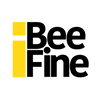BetterCall – live chat for you website with video calls
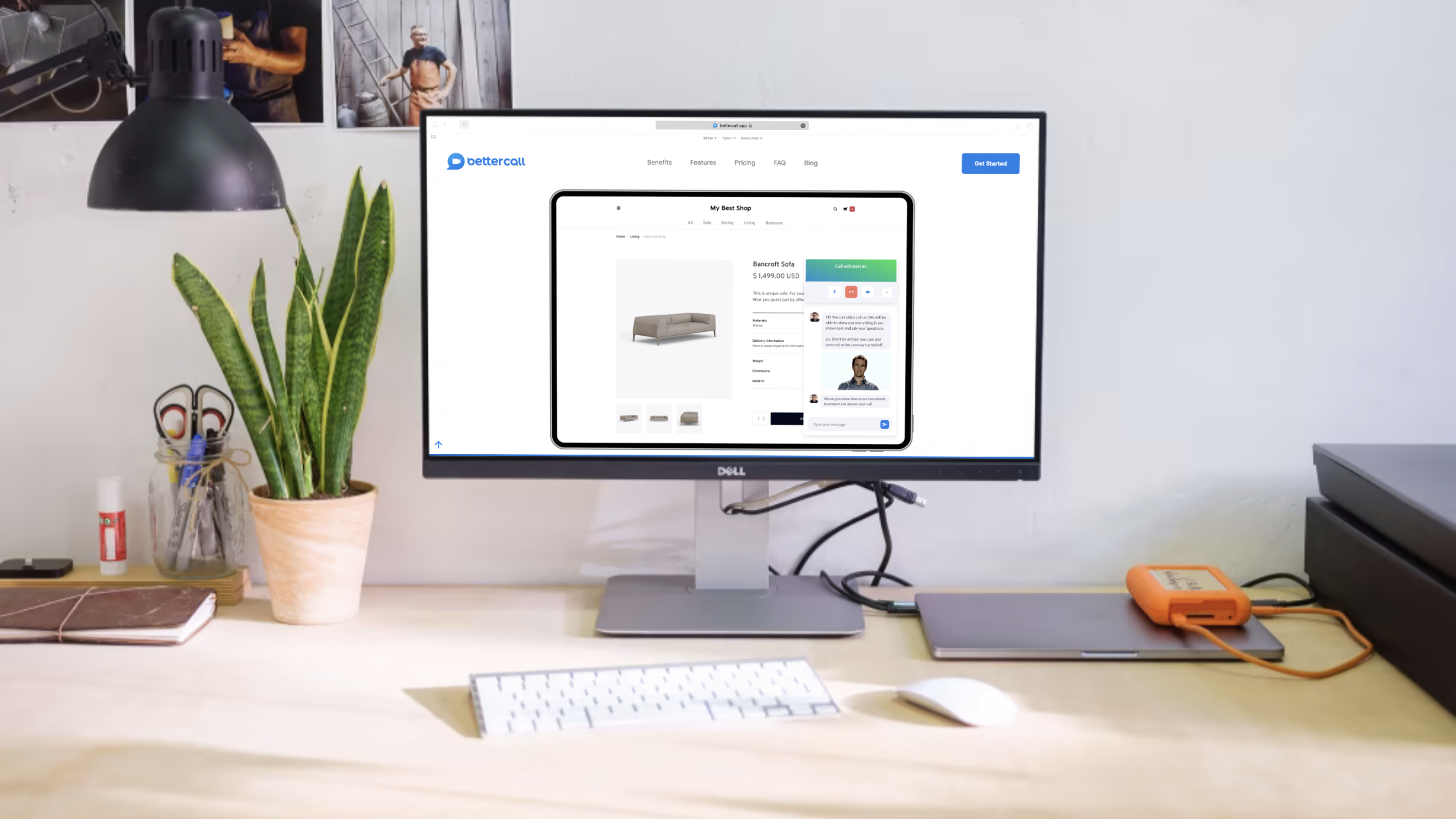
From 2021 to 2022 we developed a website widget, iOS and Android mobile applications, a desktop application, and a web version.
Requirements
- Assemble, improve, fix bugs, and release the project that we received from previous developers.
- The product consisted of two parts - a website widget and a mobile application (iOS, Android). The website widget was designed for visitors to write to a manager, reserve a call, or directly make a video call to the store from the browser without installing any additional programs.
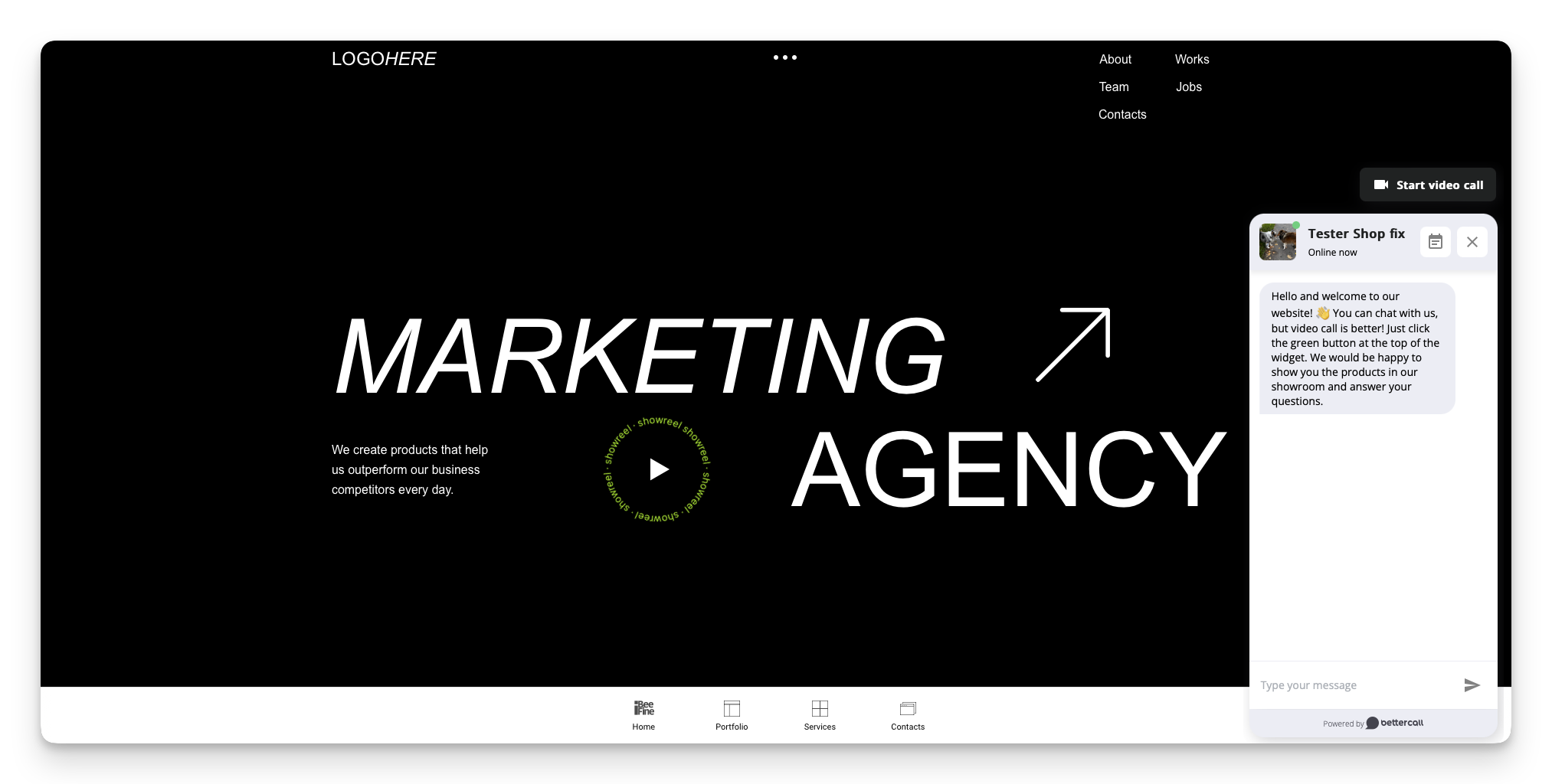

- Later, we expanded the product line and launched a desktop and web version of the client for calls and chats.
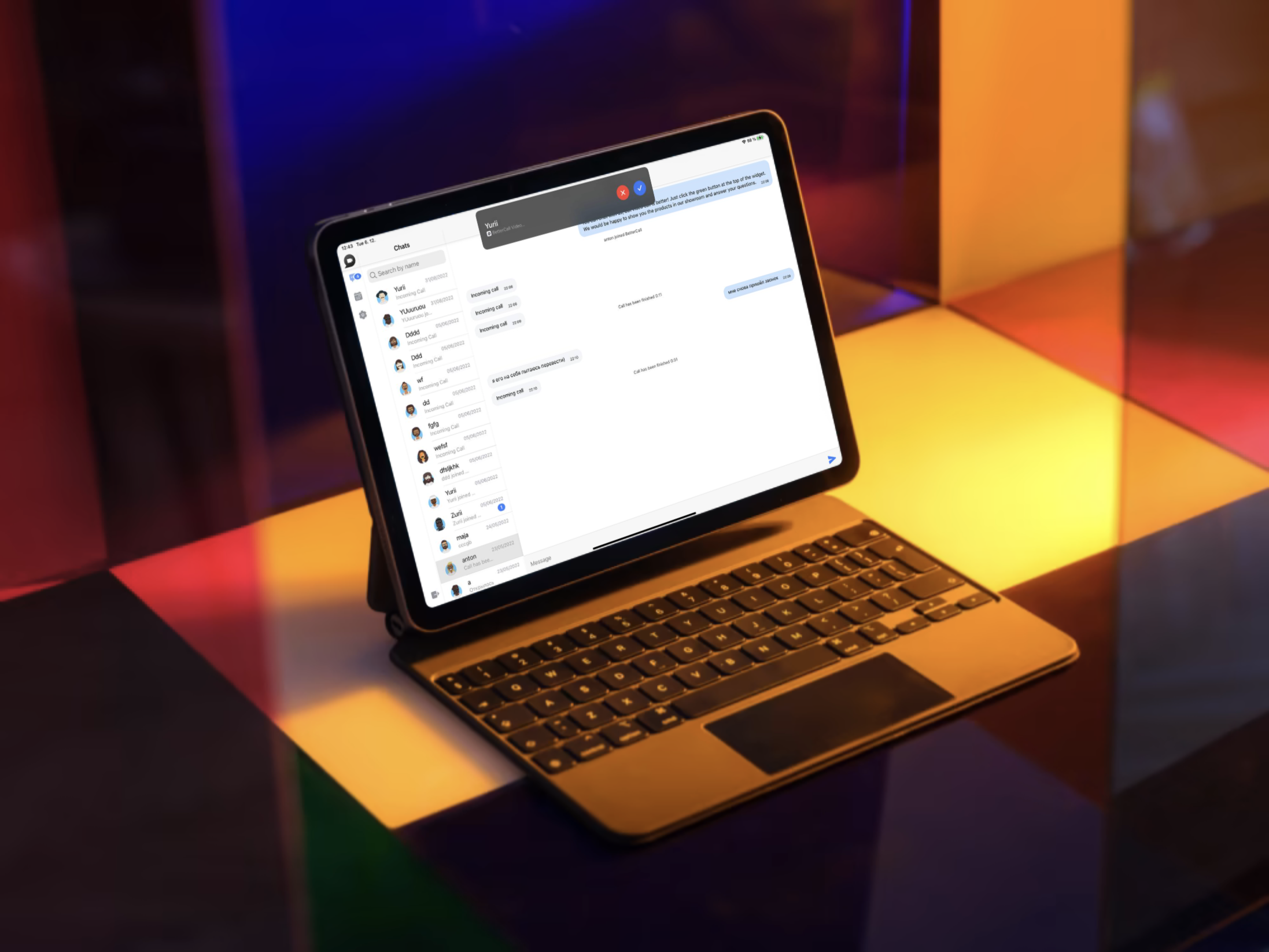
Technologies
When we took on the project and started looking into the work that had already been done, we realized that outdated technologies were being used, making it impossible to solve some tasks.
Therefore, together with the client, we decided to write the application and widget from scratch. We were guided by the principle of
"better to spend more time constantly than try to fix what doesn't work without having a clear understanding of the deadlines."
Mobile application:
We analyzed the list of native functions that we needed:
- push notifications
- VOIP notifications
- access to camera and microphone
Based on the fact that there are not so many native functions, we decided to develop a hybrid application. This is when we write the code once and get both the Android and iOS versions. Native functionality was added separately in OS-specific languages.
This allowed us to reduce the development time and costs by more than two times.
We chose React + Ionic - a set of ready-made and rendered native elements for each OS. This way, our application looks good on both Android and iOS. At that time, the Ionic team was actively developing the capacitor plugin, which allowed native functionality to be integrated into a React application.
Thanks to this, the first clickable prototype of the application was ready in 28 days. It included the functions of call booking, live chat, notifications, and video calls. Video calls were still weak at the time, but they could already be tested. We conducted the first call-testing from the client's website with the old widget and the new application
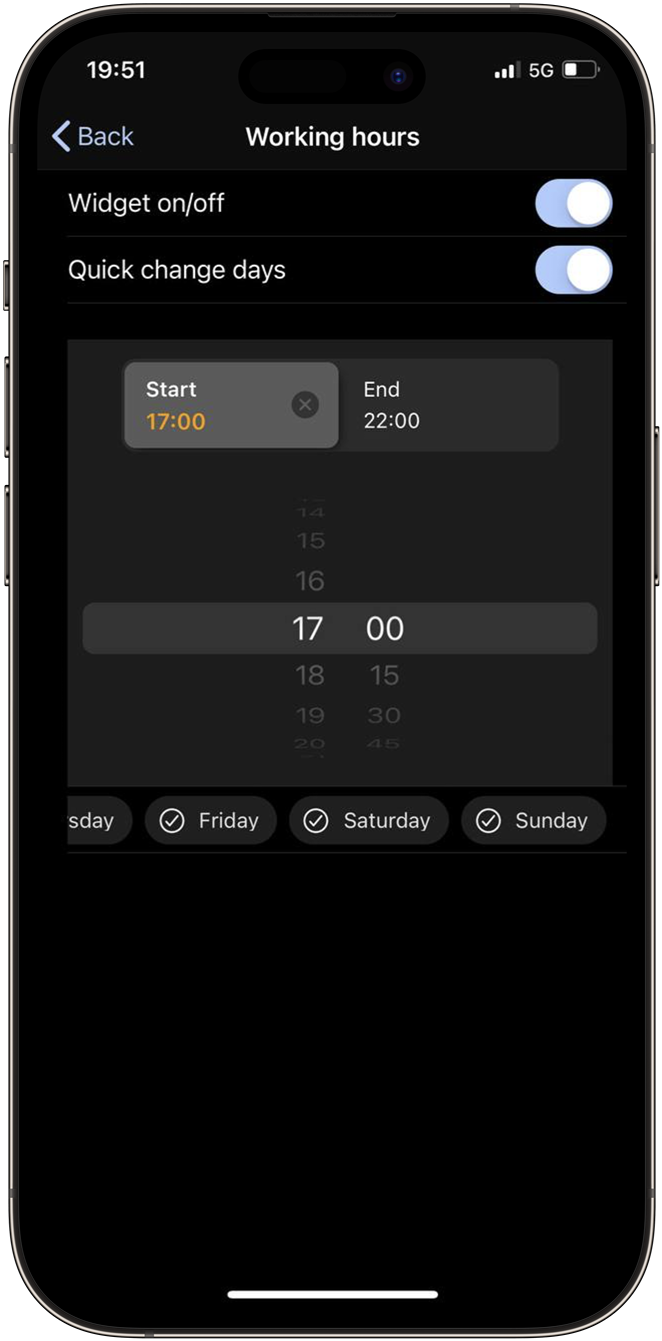
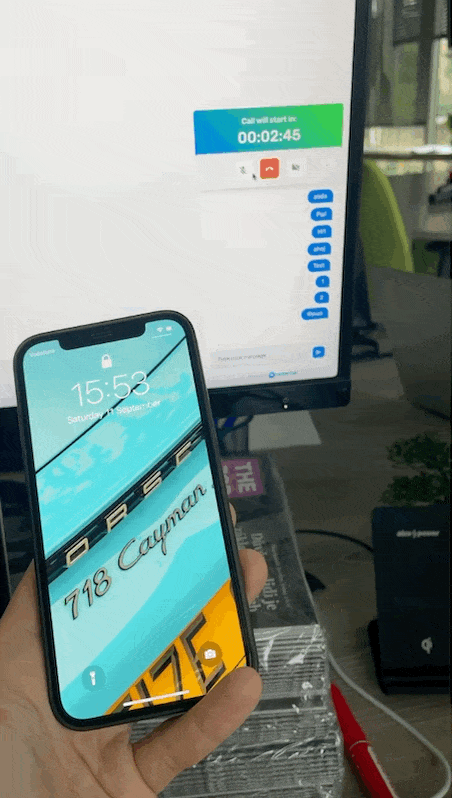
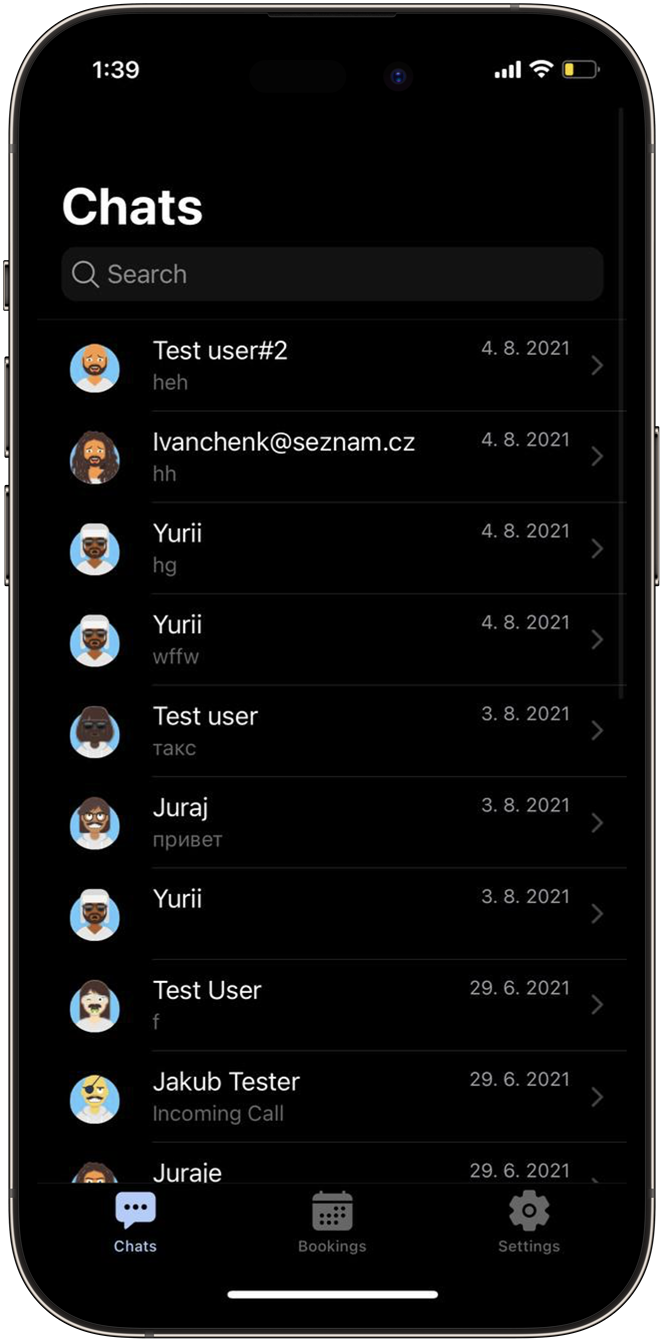
Widget
The widget should be embedded on the website, connected to the store, and provide online calls. The most difficult part was to make good and high-quality calls in the widget. However, we succeeded, and we even learned how to control the focal length on the phone and transmit the image in HD.
We also wrote the widget from scratch, discarding the old solution. The first version was made in 19 days with support for all functionality.

Desktop application
Thanks to the use of IONIC, extending the application to desktop was not difficult. We prepared a new design and essentially stretched the mobile application.


Results
- Using of hybrid technologies significantly saves money and time, as we do not have to worry about iOS, Android, and desktop versions separately, we can maintain one code that works perfectly everywhere.
- Thanks to the flexible development process, potential customers could use our solution even during the rewriting of the application, as we delivered an update every week. This helped to establish contact and announce a trial launch in collaboration with Hamleys.
